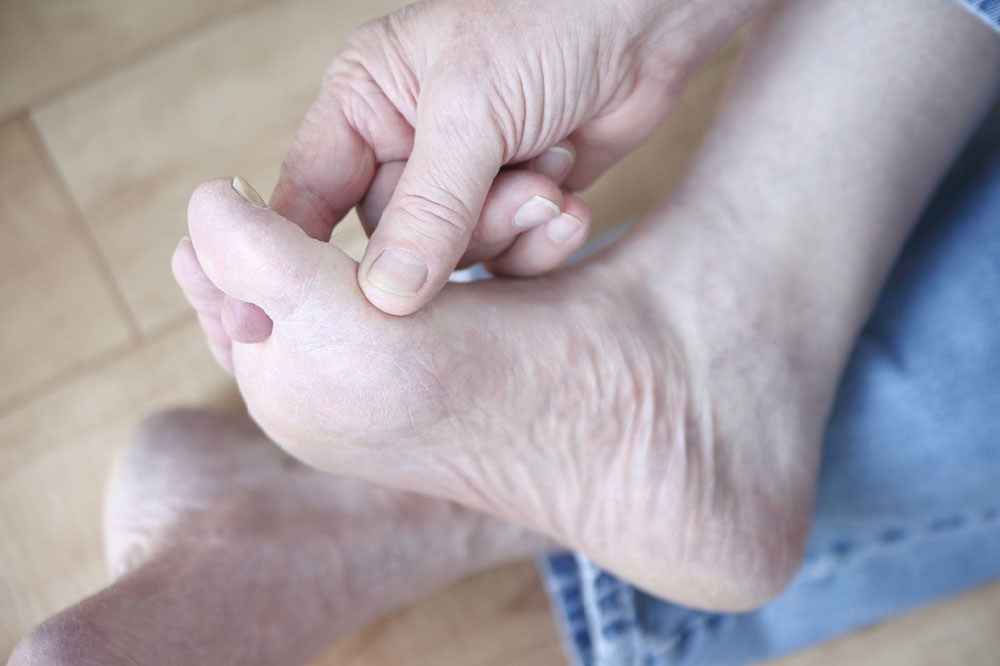
Symptoms and care for swollen ankles
Do your ankles feel puffy and sore? Are they swelling up without any apparent cause? If so, you may be dealing with a common condition called swelling of the ankles. While this issue can be inconvenient and even severe, there are techniques to recognize the symptoms, causes, indicators, and therapies for this issue. Read on to learn everything you need to know about caring for and treating painful, swollen ankles.
Symptoms of swollen ankles
Swollen ankles can be uncomfortable and alarming, but identifying the symptoms can help you understand what is happening with your body. Here are some common signs and symptoms of swollen ankles to watch out for:
Visible swelling
The most obvious symptom of swollen ankles is visible swelling. Your ankles may appear puffy, larger than usual, or even stretched. This swelling can also extend to your feet and lower legs.
Pain and discomfort
Swollen ankles can be accompanied by pain and discomfort. You may feel aching or throbbing sensations in your ankles, making it difficult to walk or put weight on your feet.
Stiffness and limited range of motion
Swelling can lead to stiffness in your ankles, making it harder to move them freely. Your range of motion may be reduced, further limiting your mobility.
Skin changes
When your ankles are swollen, the skin may look different. It may become shiny, tight, or even red. Additionally, you may feel that your skin is warmer than usual.
Difficulty fitting into shoes
Swollen ankles can make it challenging to fit into your regular shoes. You may find your shoes feel tighter or even painful to wear due to the swelling.
Causes of swollen ankles
There are several causes of swollen ankles, ranging from minor issues to severe health conditions. Understanding the underlying causes can help you determine the appropriate treatment for your swollen ankles.
Injury
Swelling can result from injuries to the ankle, such as a sprain or fracture. Pain and limited mobility are frequently associated with this condition.
Prolonged standing or sitting
Long periods of standing or sitting without moving can cause fluid to accumulate in the ankles.
Pregnancy
In pregnancy, hormonal changes can cause fluid retention, resulting in swollen ankles and feet.
Venous insufficiency
In this condition, fluid can accumulate in the ankles due to poor blood flow in the legs. As a result, fluid can accumulate in the ankles and lower legs, causing swelling.
Lymphedema
In lymphedema, fluid builds up in the tissues as a result of an impaired lymphatic system. This can cause swelling in the ankles.
Treatments options for swollen ankles
If you’re dealing with swollen ankles, you may wonder about the treatment methods available. There are several options to help alleviate your symptoms and reduce the swelling.
Supplements
Supplements like water pills can help your body eliminate excess fluid. They work by increasing urine production, which can help reduce swelling in the ankles. Due to its potential side effects, it should only be used under the supervision of a healthcare professional.
Compression stockings
A compression stocking is a specially designed stocking that applies pressure to the legs and ankles. They help improve blood flow and prevent fluid from accumulating in the ankles.
Elevation
Elevating your legs and ankles can help reduce swelling. Elevating your legs helps promote better blood flow and prevents fluid from pooling in the ankles. Aim to elevate your legs above the level of your heart for about 15-20 minutes, multiple times throughout the day.
Physical therapy
Some cases may require physical therapy to improve ankle mobility and reduce swelling. A physical therapist can help strengthen the ankle muscles and improve blood flow with exercises and techniques.




